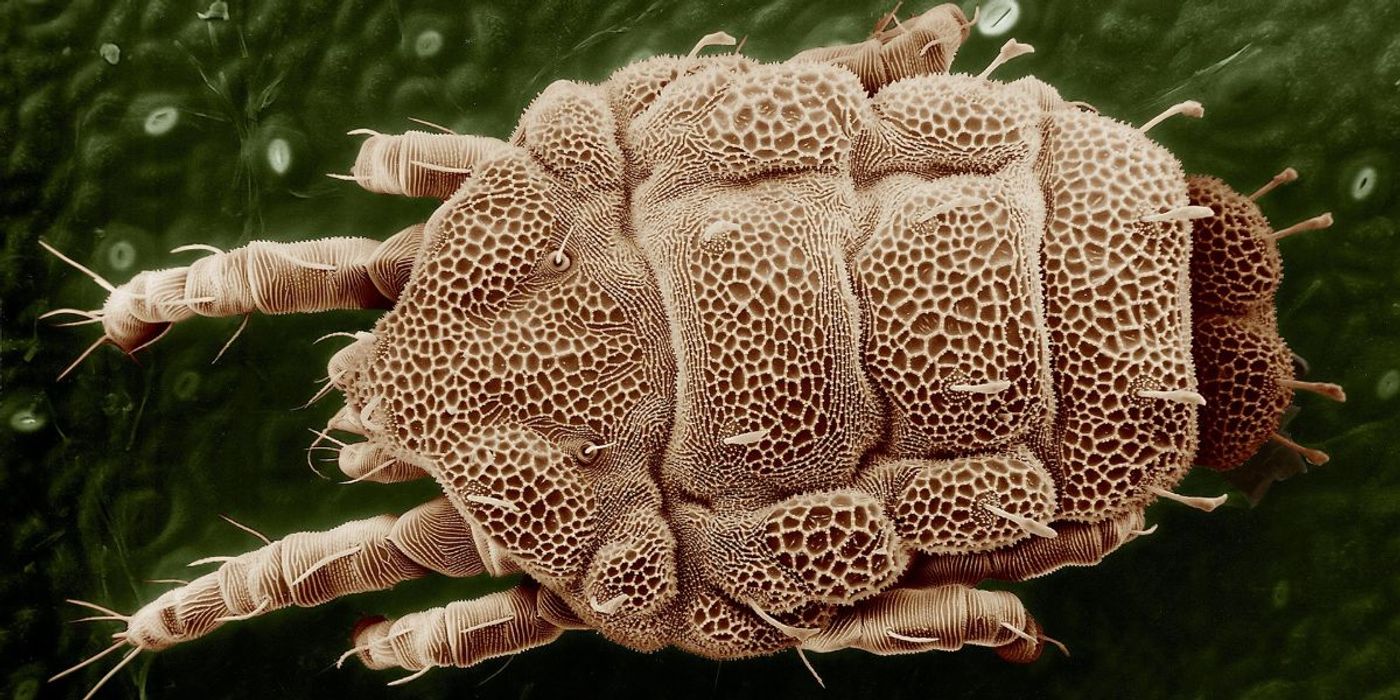How Parasites Manipulate Your Behavior
Scientists have found examples across the animal kingdom that show how parasites manipulate their hosts' behavior. In a bid to reach maturity and breed, they often lead their hosts to experience severe pain and illness- and sometimes even death.
The 'cat parasite' (Toxoplasma Gondii) is one of the most famous parasites we know. Although it breeds in cats, it can infect practically any warm-blooded animal to find the right environment to reach maturity.
In particular, scientists have found that it makes mice fearless of cats and even sexually attracted to their urine. That makes it a lot easier for cats to catch these mice, eat them, and reintroduce the parasite back into their system for the next cycle.
That said, humans usually come into contact with Toxoplasma Gondii from accidentally ingesting contaminated cat litter. Whether or not it makes humans fearless or sexually attracted to cats is debatable. The parasite has nevertheless been linked to behavioral changes such as depression and anxiety.
Although famous, this parasite seems to barely scratch the surface in terms of what they are able to do in the human body, and how. This in mind, let's take a look at some others.
The Guinea worm (Dracunculiasis) is a parasite known to infect humans. Eradication efforts mean that although 3.5 million cases were reported in 1986, there were just 53 reported cases in 2019.
Humans come into contact with the worm by drinking contaminated water containing its larvae. Once swallowed, the larvae penetrate their stomach and intestinal walls where they can mature.
Months later, once a fertilized female is ready to release her offspring, she triggers a series of allergic reactions in her host as she migrates from the stomach area down their leg, weaving her way through muscles and joints.
For the host, this is felt as intense burning pain, usually urging him or her to find a body of water in which to cool down. Once the worm has sensed the person has reached water, she bursts out from their skin to pump her larvae into it, for the cycle to begin again.
The Guinea worm is an example of a parasite that changes its hosts' behavior by triggering the immune system, which in turn triggers reactions that allow it to reproduce.
An arguably more impressive example of parasites influencing their host's behavior is the parasitic Nematomorph hairworm (Spinochordodes tellinii).
Although it doesn't necessarily manipulate human hosts, how it changes behavior in grasshoppers and crickets may point to some intriguing questions about how we, too, may be affected by similar microscopic organisms.
In 2005, a team led by biologist Frederic Thomas found that the worm develops inside grasshoppers and crickets until it needs to reproduce in water. To get its host to jump into water, the worm produces proteins that mimic the host's own to interfere with its nervous and endocrine systems.
In particular, the researchers found that some of the proteins created by the worm were linked to neurotransmitter activities. Meanwhile, others were linked to behavior related to movement in response to gravity.
Collectively, the mechanism causes hapless grasshoppers and crickets to seek out a water body and uncharacteristically dive in. Once in the water, the worm may then fully extend itself inside its host (to three or four times its length) and break into the water where it may breed, leaving the host for dead.
While several examples of such behavioral manipulation have been found between parasites and insects, fewer have been discovered among higher-order animals. Such examples, however, pose questions on how parasites may be able to manipulate their behavior too.
It is challenging to research how this may be the case due to the difficulty in capturing and mapping such subtle behavioral patterns, and how they may interact with other environmental and biological influences.
As such, much is still unknown about the underlying mechanisms behind parasitic strategies. Further research is thus needed for a clearer picture of how much they can really manipulate behavior.
Sources: New Scientist, This is Your Brain on Parasites: Kathleen McAuliffe, LabRoots, WHO, PMC










